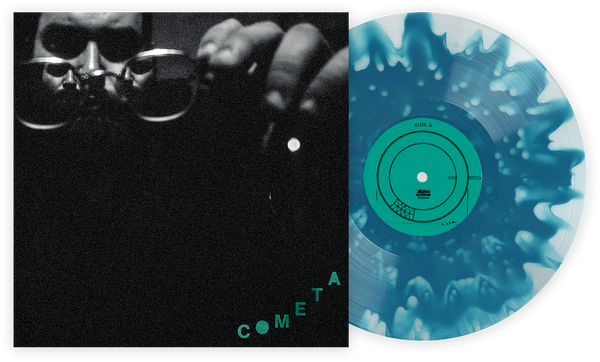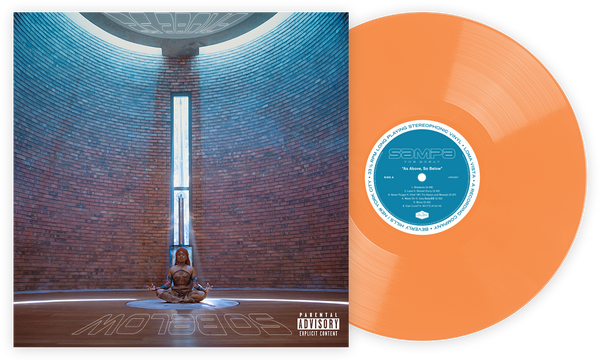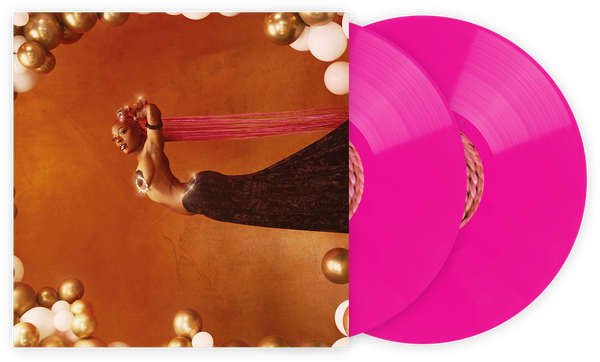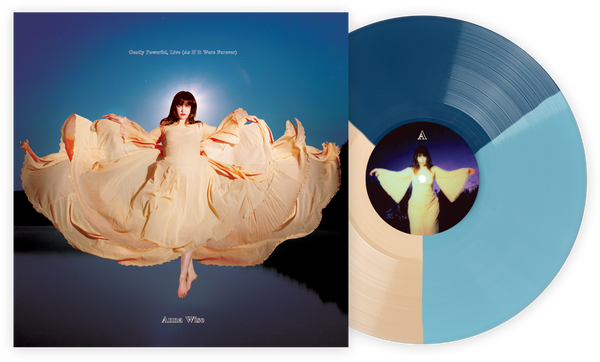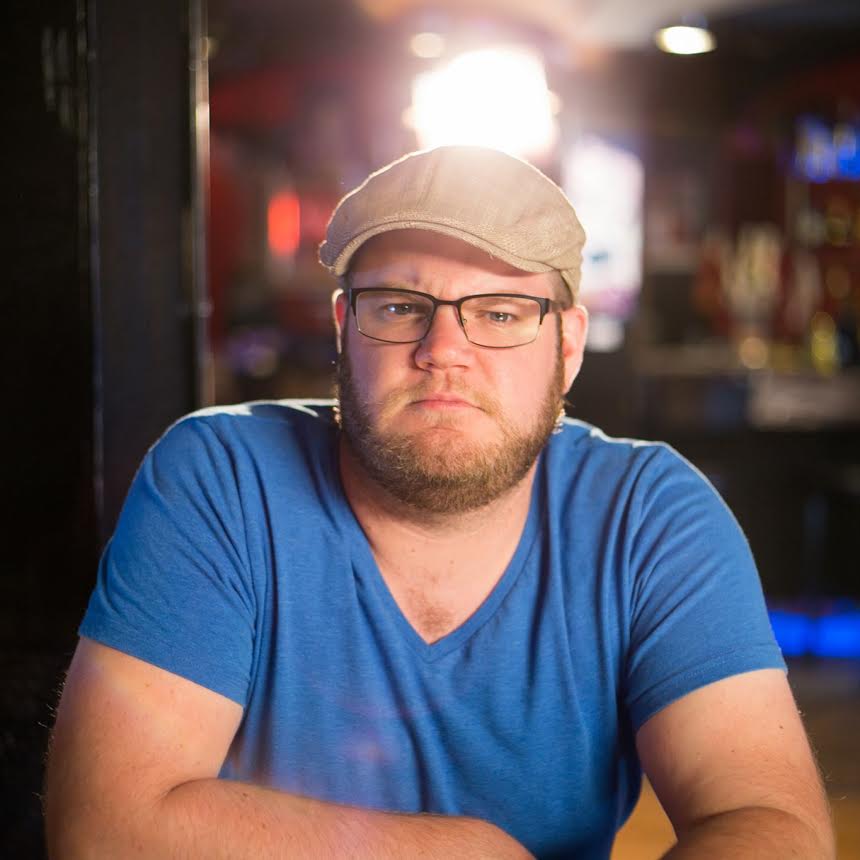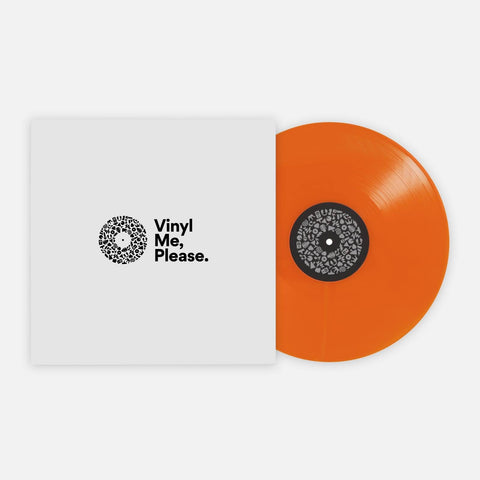There is an absurdly vast selection of music movies and documentaries available on Netflix, Hulu, HBO Go, and on and on and on. But it’s hard to tell which ones are actually worth your 100 minutes. Watch the Tunes will help you pick what music doc is worth your time every weekend. This week’s edition covers TV Party: The Documentary, which is currently streaming on Amazon Prime.
I’ve always preferred the New York version of late-seventies punk rock over its British counterpart. There are exceptions to every rule, but by and large the UK scene became a bit of a feedback loop, with sounds and fashions becoming pretty much mathematically similar. On our side of the pond, though, the scene had a vaudeville quality where the dense poetry of Patti Smith, the amphetamine bubblegum of the Ramones, and the proficient precision of Television all fell under the same umbrella. I’m dispassionate about apple pie and baseball, but when it comes to confrontationally edgy sounds rising up from the wreckage of a once-mighty metropolis, I’m red, white, and blue through and through.
Glenn O'Brien, who passed away last week, might not have been a musician himself, but his public access show TV Party, covered in Danny Vinik’s appropriately titled TV Party: The Documentary, filled a very specific place in the constantly shifting landscape of brainy Big Apple punk rock. Modeled after Hugh Hefner’s loosely structured variety show Playboy After Dark, TV Party ran for eighty episodes between 1978 to 1982. Along the way it became the late-night clubhouse for every CBGB weirdo and fashionable hanger-on imaginable. TV Party, and by extension this film, might be the least known document of New York culture in the years immediately after President Gerald Ford memorably told the city to “drop dead,” but it’s far and away one of the most fascinating.
With public access stations, there’s practically no gatekeeper, and the rules are barely more than gentle suggestions. O'Brien and his team of pot-smoking audiovisual psychopaths were free to live outside of any expected norms of the visual medium. Director Amos Poe, sitting in the control room, speedily flipped between the cameras with almost total abandon. Drummer and de facto bandleader Lenny Ferrari thwacked at “magazines” with brushes instead of the usual drumkit. Blondie’s Chris Stein, leaning into his role as a maniacal Ed McMahon, invited insults from the few viewers energetic enough to call in. Jean Michel Basquiat punched his Zen koan Samo tags into the camera as an abstract running commentary on the show and the world at large. Even for New York’s relatively free-form world of public-access TV (the show that preceded TV Party every night was literally nothing more than adult film stars dancing around in the nude), O'Brien managed to find unique ways to tweak the boundaries of good taste while still conveying an unexpectedly charming lack of self-awareness. These were folks for whom being “cool” was second nature, even more so when it’s Debbie Harry channeling her tweens hopping around on a pogo.
The punk and new wave musicians from New York who found mainstream fame represent just the tip of the iceberg when it comes to the actual music that was being created. Even though O'Brien was able to occasionally book big name guests like David Byrne, Iggy Pop, the Clash’s Mick Jones, and George Clinton, the bulk of the musical acts who graced the stage were groups that have long since been forgotten by everyone except maybe Thurston Moore. Ever heard of the Eel Dogs? Oleg? Snuky Tate? TV Party was probably the only place that managed to document these scenesters whose fame lasted fifteen seconds instead of the fifteen minutes we were all supposed to get in Andy Warhol’s idea of the future.
It’s pointed out late in the film that TV Party was never defined as any one specific thing, and as such it was never beholden to be that thing. It’s the same mentality that made the music of that city so much more interesting for me. Punk was a concept that you could pour into any form. For O’Brien, his medium here was Television and, so far as I know, he was the only legit punk rock TV star. Others, most notably David Letterman and Conan (no relation), accentuated their shows with anarchy, but TV Party was punk to its core in a truly essential way that has never been replicated.
Chris Lay is a freelance writer, archivist, and record store clerk living in Madison, WI. The very first CD he bought for himself was the Dumb & Dumber soundtrack when he was twelve and things only got better from there.
Join the Club!
Join Now, Starting at $36Pages


